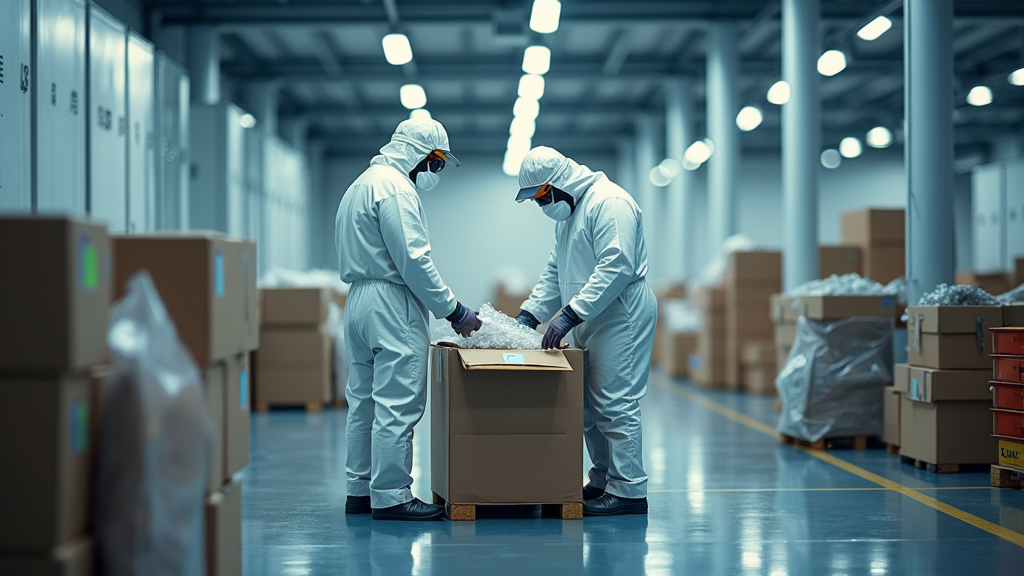The construction industry is known for its high-risk environment. With the presence of heavy machinery, hazardous materials, and dangerous work conditions, it is no surprise that construction sites can be dangerous places. In fact, in the United States alone, the construction industry accounts for a significant number of workplace injuries and fatalities each year.
It is crucial for both employers and workers to be aware of the common safety hazards in the construction industry and take the necessary steps to prevent them. This article will explore some of the most common safety hazards in construction and provide tips on how to prevent accidents and injuries.
Falls from Heights
One of the most significant safety hazards in the construction industry is falls from heights. Construction workers often work on scaffolding, ladders, or roofs, which can pose a risk of falling. According to the Occupational Safety and Health Administration (OSHA), falls are the leading cause of fatalities in the construction industry. To prevent falls from heights, employers should provide proper fall protection equipment such as harnesses, guardrails, and safety nets. Workers should be trained on how to use this equipment correctly and should always wear it when working at heights. Additionally, employers should ensure that scaffolding and ladders are inspected regularly and are in good condition.
Electrical Hazards
Electrical hazards are another common safety concern in the construction industry. Construction sites often have exposed wiring, temporary electrical systems, and a high potential for contact with power lines. Electric shock can cause severe injuries or even death. To prevent electrical hazards, employers should ensure that all electrical equipment is properly grounded and maintained. Workers should be trained to identify electrical hazards and know how to handle electrical equipment safely. It is also important to keep a safe distance from power lines and to use insulated tools and equipment when working near electrical sources.
Struck-by Accidents
Struck-by accidents occur when a worker is hit by a moving object or equipment. This can include being struck by falling objects, vehicles, or machinery. Construction sites are busy places with multiple activities happening simultaneously, increasing the risk of struck-by accidents. Employers should implement measures to prevent struck-by accidents, such as providing hard hats, safety barriers, and high-visibility clothing. Workers should also be trained on how to operate machinery and vehicles safely and be aware of their surroundings at all times. Regular inspections of equipment and machinery should be conducted to ensure they are in good working condition.
Trenching and Excavation Hazards
Trenching and excavation work is common in the construction industry, but it comes with its own set of hazards. Cave-ins are the most significant risk associated with trenching and excavation work and can result in fatalities. To prevent trenching and excavation hazards, employers should ensure that proper protective systems, such as shoring and shielding, are in place. Workers should be trained on how to recognize potential cave-in hazards and how to work safely in trenches. Regular inspections should be conducted to identify any unstable soil or other hazards that may pose a risk to workers.
Respiratory Hazards

The construction industry often involves working with hazardous substances such as asbestos, silica, and chemicals. These substances can pose a significant respiratory hazard if inhaled. Employers should provide appropriate personal protective equipment (PPE), such as respirators, to workers who are exposed to respiratory hazards. Workers should be trained on how to use respirators correctly and ensure they are properly fitted. Employers should also implement measures to control dust and other airborne contaminants, such as wetting down surfaces and using ventilation systems.
Additionally, CSCS construction test should be conducted to ensure that exposure levels are within acceptable limits. It is also important for employers to provide regular health check-ups for workers to detect any respiratory issues early on. Adequate training and education on the potential risks and proper handling of hazardous substances should be provided to all workers. Furthermore, employers should establish clear protocols and procedures for handling and disposing of hazardous materials to prevent contamination and exposure. Overall, the construction industry must prioritize the safety and well-being of its workers by implementing effective measures to minimize respiratory hazards.
Conclusion
The construction industry is inherently risky, but by identifying and addressing common safety hazards, employers and workers can significantly reduce the risk of accidents and injuries. Falls from heights, electrical hazards, struck-by accidents, trenching and excavation hazards, and respiratory hazards are just some of the common safety concerns in construction. By implementing proper safety protocols, providing training, and ensuring the use of personal protective equipment, construction sites can become safer places for workers. It is essential for employers to prioritize safety and for workers to be vigilant and take responsibility for their own safety and the safety of their colleagues. Together, we can create a safer construction industry.



